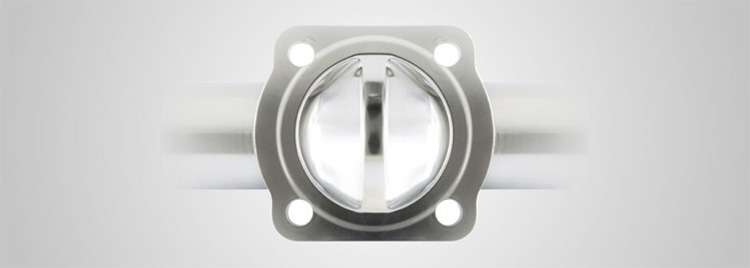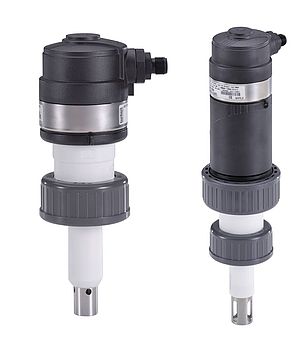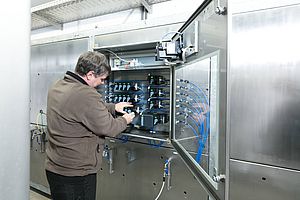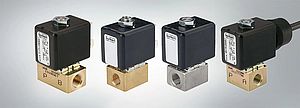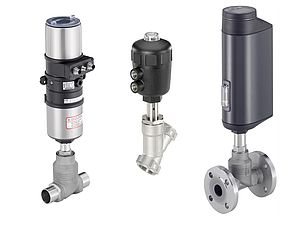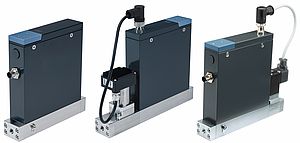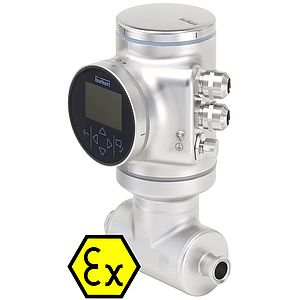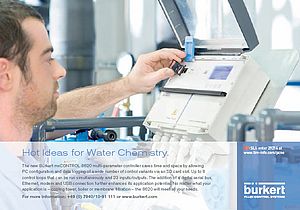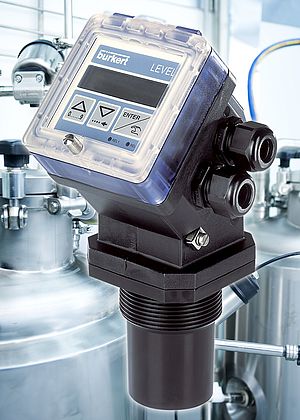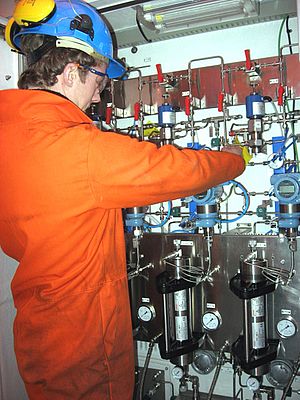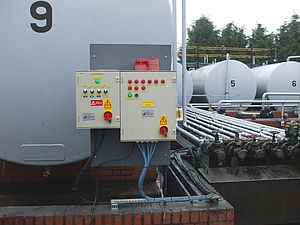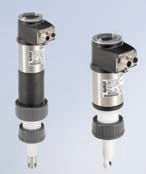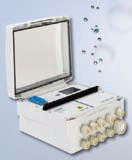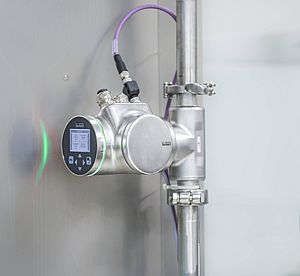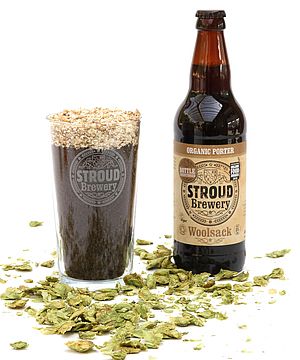In process manufacturing applications including pharmaceutical as well as food and beverage production, diaphragm valves support the hygiene imperative. In addition to preventing contamination, diaphragm valve design enables cleaning and sterilisation to meet regulatory standards. While clean in place (CIP) and sterilisation in place (SIP) practices are essential, they demand time and energy.
A hygienic system, comprising tubing and valves, is steam sterilised to over 100°C and is then air cooled to below 45°C where production can resume. The longer each process takes, the lower the system’s production capacity. Increased time also means higher energy use, both with a greater demand on steam generation to reach the required sterilisation level, as well as powering the air cooling system to quickly reduce the temperature.
Critical to this process is the choice of valve body. Though they comprise just a fraction of the system’s total length of tube, even when hundreds might be used, production cannot resume until the valve bodies are cleaned, sterilised, and cooled. This makes the importance of valve body specification much greater than their physical scale might suggest.
Hydroformed valve bodies
Traditionally, diaphragm valve bodies are forged, where the stainless steel, required for its hygienic properties, is heated and compressed into place. A forged valve body has a longer heat transfer capacity, so a cast design, where the stainless steel is shaped in a mould, is preferable. Faster still, both at heating up and cooling down, is a valve body manufactured with hydroforming, which involves high pressure fluid to create the design. This can be combined with the processes of annealing that increases durability by relieving residual stress and improving corrosion resistance, as well as laser welding that can establish a hygienic seal without adding any extra material.
Together, these manufacturing techniques create a more lightweight valve body design, and this low mass achieves rapid heat transfer. While a forged valve body can take nearly 10 minutes to cool down to 45°C from the sterilisation temperature, a comparative hydroformed valve body reaches the mark in just over four minutes, and this difference can significantly speed up production turnaround.
Optimising sustainability
A hydroformed design also reduces the steam requirement, and hence energy use, necessary during SIP. This can represent a significant cost saving, especially when multiplied across all installed valves. As hydroformed valve bodies can be as much as 75% lighter, this also saves costs in installation with fewer supporting structures required.
This energy saving also provides an advantage in sustainability. According to the independent verifier, Trusted Footprint, comparing 1” tubing, up to 38% less gCO2 equivalent can be saved by using a hydroformed design, like the Bürkert Tube Valve Body, rather than a forged variant. Taking carbon emissions in valve body manufacture into consideration, hydroforming is also far greener. For a 1.5” device, Trusted Footprint confirms that the Bürkert Tube Valve Body generates 58% less emissions in carbon dioxide equivalent during its manufacture, which includes steel production as well as processing techniques, compared to a forged body of the same size.
Reliability and hygienic conformance
Although cost saving and sustainability improvements are highly important, valve body performance is fundamental. To ensure optimum durability, the design and manufacturing techniques of the valve body have to meet burst and leak pressure specifications. A safety factor multiple times the required real-world level can be achieved through the hydroforming and annealing processes, combined with the necessary conformance in wall thickness. It’s also essential to ensure that any welding can withstand the sudden temperature changes of sterilization and cooling, as well as resistance to cracking under vibration.
Equally crucial is hygienic conformance. 316L stainless steel achieves this, and the design, including weld lines, has to remain corrosion-free under intensive saline testing. Ultimately, a material inspection certificate 3.1 according to EN10204, with a CIP-capable design that meets EHEDG Type EL, CLASS I Certification, as well as 3-A Sanitary Standards, create trust in hygienic conformance.
Meeting standards in sustainability
While reliability and hygienic conformance should be a given in specification, optimising valve body design can not only increase productivity but can also enhance sustainability. Lower energy use in operation, in addition to the lower carbon emissions in valve body manufacture, can help provide a pharma, food & bev, or cosmetics manufacturer with the sustainability credentials they need from a supplier. Integrating light, strong tube valve bodies, these producers can reduce costs in production as well.


